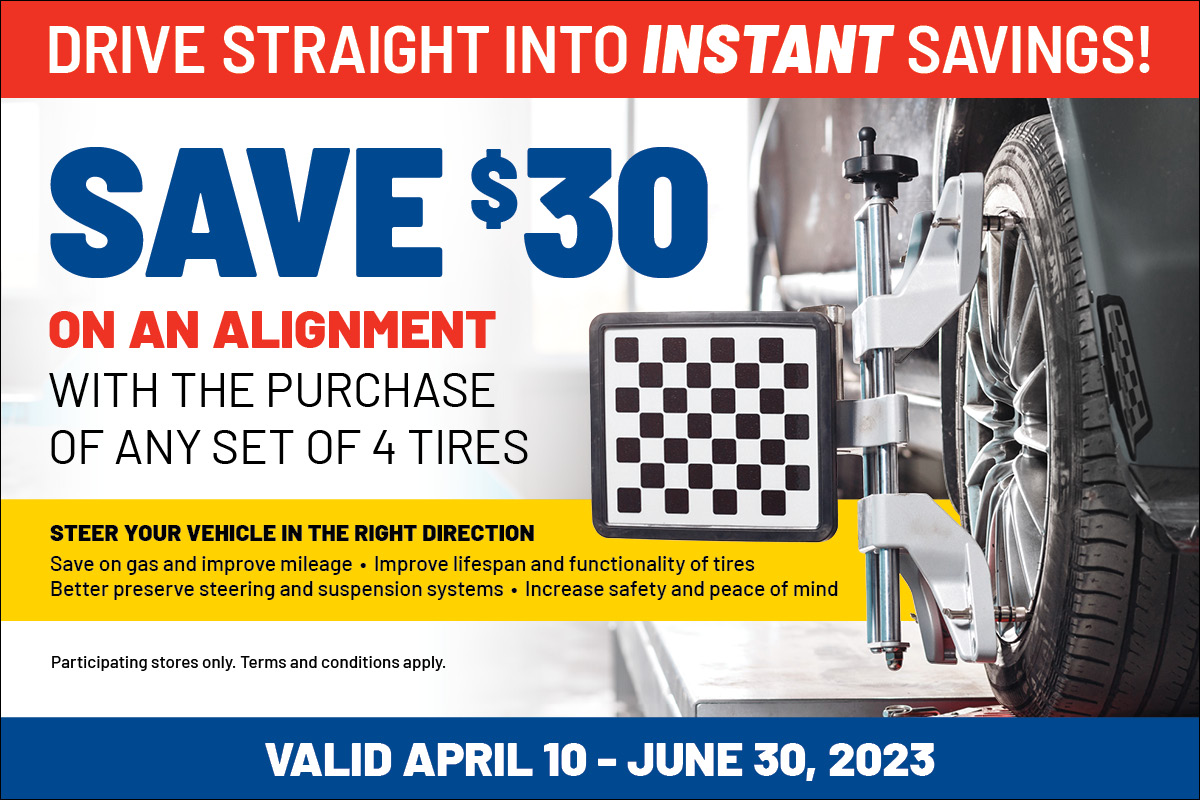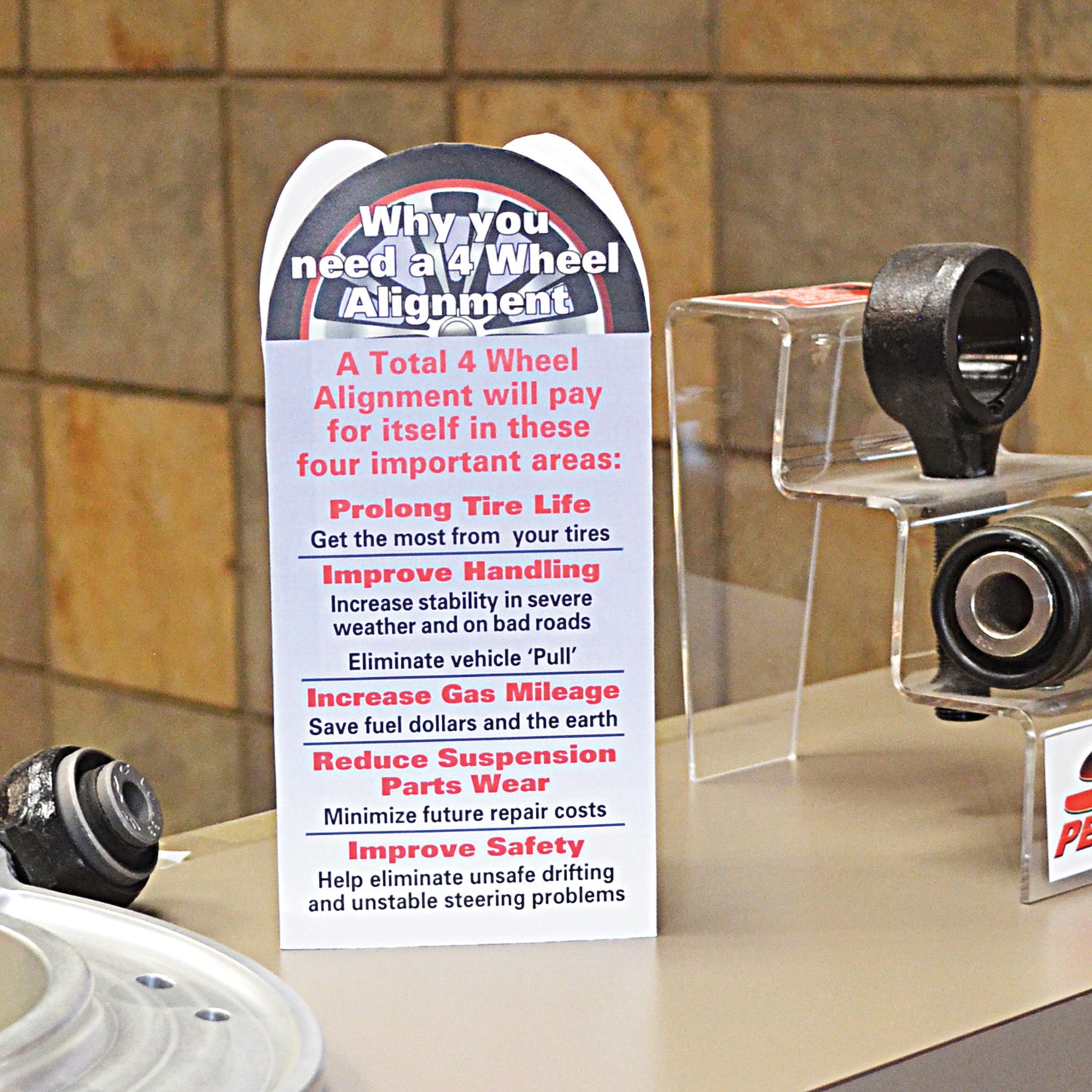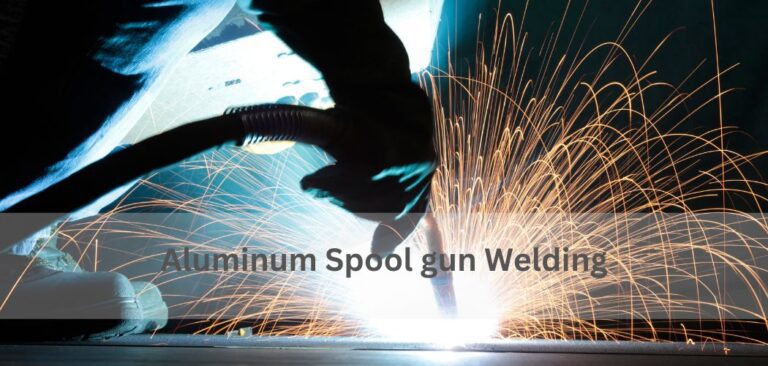Improving Suspension And Steering With Wheel Alignment
Improving suspension and steering can be achieved by ensuring proper wheel alignment. Wheel alignment plays a crucial role in the overall performance and handling of a vehicle.

Credit: m.facebook.com
The Importance Of Wheel Alignment
Effects Of Misaligned Wheels
Misaligned wheels can lead to uneven tire wear and poor vehicle handling.
Benefits Of Proper Wheel Alignment
Proper wheel alignment ensures safety, prolongs tire life, and improves overall driving experience.

Credit: twitter.com
Signs Of Misalignment
Spotting signs of misalignment in your vehicle can be crucial for improving overall suspension and steering performance. From uneven tire wear to steering wheel vibration, these indicators can signal the need for a professional wheel alignment. Addressing misalignment promptly can enhance your driving experience and extend the lifespan of your tires.
Uneven Tire Wear
When it comes to signs of misalignment, uneven tire wear is one of the most noticeable indicators. In simple terms, it means that the tires on your vehicle don’t wear evenly. Instead, certain parts of the tire tread wear down more quickly than others. This can be caused by a variety of factors, including incorrect wheel alignment. There are a few ways to identify uneven tire wear. One way is by observing the tread pattern. If you notice that the tread is more worn on one side or in certain areas, it’s a sign of misalignment. Another way is to run your hand along the tire surface. If you feel any rough or uneven areas, it indicates that the tires are not wearing evenly. Uneven tire wear not only affects the performance and handling of your vehicle but can also lead to premature tire replacement. It is crucial to address this issue promptly by getting a wheel alignment to ensure your tires wear evenly and stay in good condition for longer.Vehicle Pulling To One Side
Another common sign of misalignment is when your vehicle constantly pulls to one side while driving. Rather than going straight, you might find yourself constantly adjusting the steering wheel to keep the vehicle on track. This can be dangerous, especially when driving at higher speeds or in heavy traffic. There are a few possible reasons why your vehicle might be pulling to one side. Misaligned wheels are one potential cause. When the wheels are not correctly aligned, the vehicle’s steering system is affected, leading to an imbalance in how the tires interact with the road surface. As a result, the vehicle may pull to one side. Other factors, such as tire pressure, worn suspension components, or brake issues, can also contribute to this problem. However, misalignment is often the root cause. It is essential to have your wheel alignment checked and adjusted if necessary to ensure your vehicle drives straight and safely. In Conclusion, It is crucial to be aware of the signs of misalignment when it comes to your vehicle’s suspension and steering. Uneven tire wear and vehicle pulling to one side are two common indicators that your wheels may be out of alignment. Taking prompt action and getting a wheel alignment can help improve both the performance and safety of your vehicle. Don’t ignore these signs and ensure your vehicle receives the necessary maintenance to keep it running smoothly.Types Of Wheel Alignment
Wheel alignment plays a crucial role in improving suspension and steering by ensuring the wheels are perpendicular to the ground and parallel to each other. There are three main types of wheel alignment: toe, camber, and caster. Each type impacts the vehicle’s handling and overall performance.
Wheel alignment is a crucial aspect of car maintenance that ensures proper suspension and steering. There are two main types of wheel alignment: front-end alignment and four-wheel alignment.
Front-end Alignment
Front-end alignment, also known as a two-wheel alignment, focuses on aligning the front wheels of the vehicle. This type of alignment is suitable for vehicles with solid rear axles, such as trucks or older cars. A front-end alignment corrects the angles of the front wheels, which include the camber, toe, and caster angles.
- Camber angle: The camber angle refers to the vertical tilt of the wheels when viewed from the front. An improperly aligned camber can result in uneven tire wear or handling issues.
- Toe angle: The toe angle refers to whether the front wheels are pointing inward or outward when viewed from above. A misaligned toe angle can lead to excessive tire wear, steering instability, or pulling to one side.
- Caster angle: The caster angle relates to the forward or backward tilt of the steering axis. Proper alignment of the caster angle ensures stability and a straight steering feel.
Four-wheel Alignment
Four-wheel alignment, also known as an all-wheel alignment or full alignment, involves aligning all four wheels of a vehicle. This type of alignment is suitable for vehicles with independent rear suspension or those equipped with all-wheel drive (AWD) systems. A four-wheel alignment includes adjusting the front-end alignment angles and aligning the rear wheels as well.
A four-wheel alignment provides more comprehensive alignment adjustments, ensuring balanced tire wear and optimal handling performance. It takes into account the rear wheels’ angles, which include the rear camber, toe, and thrust angle.
- Rear camber: The rear camber angle refers to the vertical tilt of the rear wheels. Improper rear camber alignment can affect tire wear and the vehicle’s stability.
- Rear toe: The rear toe angle refers to the alignment of the rear wheels, similar to the front toe angle. Incorrect rear toe alignment can lead to tire wear and unstable handling.
- Thrust angle: The thrust angle relates to the direction in which the rear wheels are pointing in relation to the vehicle’s centerline. A misaligned thrust angle can cause the vehicle to pull to one side.
By understanding the different types of wheel alignment, you can determine which one is appropriate for your vehicle. Whether it’s a front-end alignment or a four-wheel alignment, regular alignment checks and adjustments are essential to ensure optimal performance, tire longevity, and a smoother driving experience.

Credit: milkymotorsports.com
Process Of Wheel Alignment
Process of Wheel Alignment:
Proper wheel alignment is crucial for improving your vehicle’s suspension and steering, ensuring optimal performance and safety.
Initial Inspection:
Begin by conducting a thorough assessment of the vehicle’s current wheel alignment to identify any discrepancies.
Adjustment Of Camber, Toe, And Caster:
- Camber: Ensures the wheels are perpendicular to the ground for balanced tire wear.
- Toe: Aligns the wheels parallel to each other, preventing excessive tire wear.
- Caster: Adjusts the angle of the steering axis for stability and steering control.
Diy Vs Professional Alignment
When it comes to improving your vehicle’s suspension and steering, wheel alignment plays a crucial role. It ensures that your tires make proper contact with the road, providing stability, handling, and a smoother ride. However, the question arises: should you attempt a DIY alignment or seek professional assistance? Let’s weigh the benefits of professional alignment as well as considerations for a DIY approach.
Benefits Of Professional Alignment
When it comes to wheel alignment, seeking professional assistance offers numerous advantages:
- Specialized Equipment: Professional alignment services utilize advanced tools and technology for precise adjustments, ensuring optimal performance.
- Expertise: Trained technicians have the knowledge and experience to accurately diagnose and address alignment issues, enhancing safety and efficiency.
- Comprehensive Inspection: Professionals can conduct a thorough inspection of steering and suspension components, identifying potential issues beyond alignment.
Considerations For Diy Alignment
If you’re considering a DIY alignment, there are important factors to keep in mind:
- Level of Skill: DIY alignment requires a certain level of technical skill and understanding of alignment principles. Incorrect adjustments can lead to vehicle instability and tire wear.
- Equipment Availability: DIY alignment may necessitate investing in specialized tools, such as alignment gauges and turn plates, to achieve accurate results.
- Time and Patience: Proper alignment demands meticulous attention and patience. DIY enthusiasts should be prepared to dedicate ample time to the process.
Frequently Asked Questions On Improving Suspension And Steering With Wheel Alignment
Does Wheel Alignment Fix Suspension?
Yes, wheel alignment can help fix suspension issues. When the wheels are properly aligned, it ensures that the suspension components are operating correctly, resulting in better handling, tire wear, and overall vehicle performance.
Can A Alignment Fix Steering Problems?
Alignment can fix steering problems by adjusting the angles of the tires to ensure they are parallel and properly aligned with the steering system. This helps improve stability, reduce tire wear, and prevent drifting or veering. Regular alignment checks and adjustments are recommended for safe and optimal driving.
Does Wheel Alignment Improve Handling?
Wheel alignment improves handling by ensuring all wheels are properly aligned, preventing uneven tire wear and enhancing steering response.
Will Wheel Alignment Fix Loose Steering?
Yes, wheel alignment can fix loose steering by adjusting the angles of the wheels, ensuring they are parallel. Proper alignment improves steering response.
Conclusion
In sum, wheel alignment enhances suspension and steering for a smoother drive. Proper alignment reduces wear and tear, improves fuel efficiency, and enhances safety. Stay proactive by scheduling regular alignment checks to prolong the life of your vehicle. Experience the benefits of optimal alignment today!

